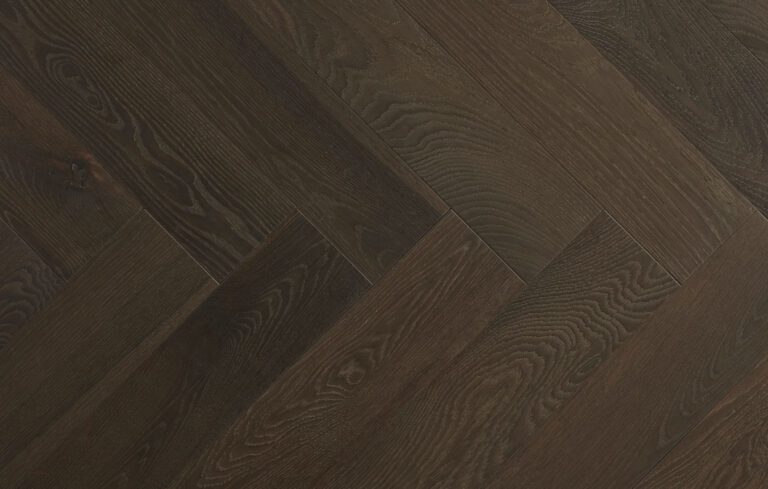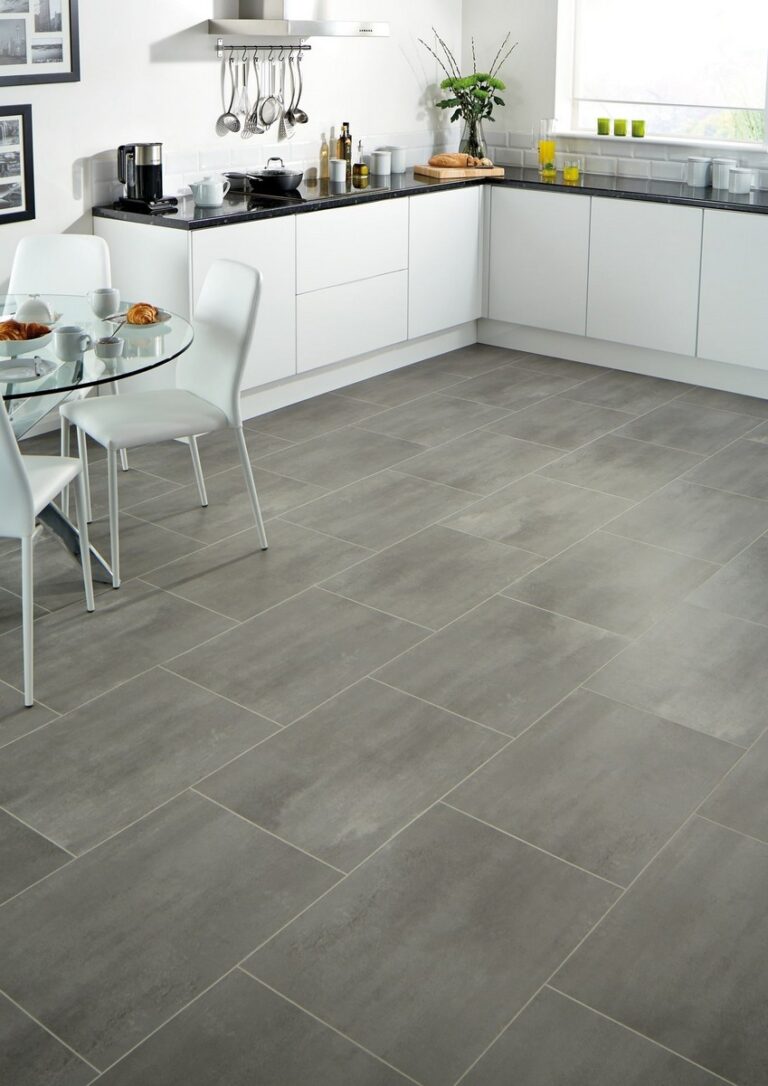Floor insulation is a crucial aspect of home maintenance and energy efficiency that is often overlooked. In this article, we will discuss what is floor insulation, the importance of floor insulation, the different types available, and the benefits it offers. From reducing energy bills and improving comfort to minimising noise and being environmentally friendly, floor insulation has a lot to offer. We will also discuss how to install floor insulation, making it a valuable read for homeowners looking to enhance their living space.
Key Points:
What is floor insulation? Floor insulation is an essential component of a home’s energy efficiency and comfort. Types of insulation include batt, loose-fill, rigid foam, and spray foam. Proper installation involves determining the needed type, preparing the floor, measuring and cutting insulation, and sealing any gaps.
What Is Floor Insulation?
Floor insulation refers to the process of installing materials to reduce heat loss through the floor of a building. It helps in maintaining a comfortable indoor temperature and reducing energy consumption.
This practice is essential for creating a more energy-efficient and sustainable living environment. By insulating floors, homes and buildings can significantly lower their heating costs and reduce their carbon footprint.
Floor insulation is a vital component of energy-efficient construction, which is aligned with the Energy Saving Trust guidelines and the UK’s Industrial Strategy for clean growth.
Why Is Floor Insulation Important?
Floor insulation holds significant importance in the context of energy efficiency, cost savings, and overall comfort within a property.
It contributes to the reduction of heat loss and the achievement of energy performance standards.
By insulating floors, homeowners and businesses can reduce their energy consumption and lower their utility bills.
In the UK, where energy efficiency is a key focus, floor insulation plays a crucial role in meeting the requirements of the Energy Performance Certificate (EPC) and complying with sustainability initiatives like the Net Zero target.
Under the ECO scheme, efficient insulation can qualify for grants and funding, making it a cost-effective solution for enhancing energy efficiency.
a. Energy Efficiency
Floor insulation significantly contributes to the energy efficiency of a building by reducing heat loss through the floor structure, leading to improved thermal performance and lower energy consumption.
The R-value of floor insulation measures its thermal resistance, indicating its capability to impede heat flow.
The lower the U-value, the better the insulation’s ability to retain heat.
Building Control Officers and local councils play crucial roles in ensuring that floor insulation installations comply with energy performance regulations, thus contributing to overall energy efficiency in buildings.
b. Cost Savings
Effective floor insulation can lead to substantial cost savings for property owners, as it reduces the need for excessive heating and contributes to lower energy bills over time.
The Energy Saving Trust recommends floor insulation as a cost-effective measure to improve energy efficiency. By reducing heat loss through the floor, property owners can potentially save hundreds of pounds annually.
There are various government initiatives, supported by the Department for Business, Energy & Industrial Strategy, that offer financial incentives and grants for implementing energy-saving measures, including floor insulation. These initiatives aim to encourage property owners to invest in sustainable and environmentally friendly solutions, ultimately reducing their energy consumption and utility costs.
c. Comfort
Floor insulation plays a pivotal role in enhancing the overall comfort within a property, providing thermal insulation that creates a more consistent and cosy indoor environment, especially in colder climates.
In terms of choosing the right insulation panels for timber and concrete floors, it’s essential to consider the specific requirements of each type of flooring.
For timber floors, lightweight and flexible insulation panels are often preferred, as they complement the natural characteristics of the wood and are easier to install.
On the other hand, for concrete floors, rigid and durable insulation panels are more suitable, providing a sturdy base and efficient thermal performance.
Types of Flooring Insulation Are Available
Various types of floor insulation are available on the market, including batt insulation, loose-fill insulation, rigid foam insulation, and spray foam insulation, each offering unique characteristics and application suitability.
Batt insulation, typically made of fibreglass or mineral wool, comes in pre-cut panels or rolls and is known for its ease of installation. It provides effective thermal resistance and is suitable for standard joist spacing.
Loose-fill insulation, composed of materials like cellulose, fibreglass, or mineral wool, is ideal for irregularly shaped or hard-to-reach spaces due to its ability to conform to various cavities.
Rigid foam insulation, available in expanded or extruded forms, offers high insulating properties, moisture resistance, and is commonly used for insulating floors with minimal thickness.
On the other hand, spray foam insulation, featuring exceptional expansion capabilities, forms a seamless air barrier and provides superior thermal resistance, making it suitable for areas where other insulation types may be challenging to install efficiently.
a. Batts Insulation
Batt insulation involves the use of pre-cut panels or rolls to provide thermal resistance, and it is commonly used in compliance with building regulations to enhance the overall thermal performance of a property.
By incorporating batt insulation, builders and developers are able to meet the strict requirements of building regulations regarding energy efficiency. The proper installation of batt insulation ensures that a property not only complies with these regulations but also significantly reduces heat loss and enhances the thermal comfort of occupants.
The versatility of batt insulation allows for its application in various spaces, from walls and ceilings to floors, making it a cost-effective solution for improving thermal performance. Its ease of installation and effectiveness in reducing heat transfer make it a popular choice across different types of construction projects.
b. Loose-Fill Insulation
Loose-fill insulation involves the use of loose insulating materials, such as cellulose or mineral wool, to fill cavities and spaces, offering effective thermal insulation and contributing to compliance with building regulations.
This type of insulation is well-suited for enhancing the thermal performance of buildings, as it can be efficiently installed in various spaces, including lofts, walls, and floors. It is known for its ability to fill small gaps and voids that can be challenging for other insulation materials to reach, resulting in improved energy efficiency.
One innovative approach to installing loose-fill insulation is through the use of robotic systems, which can distribute the insulation material evenly and efficiently in hard-to-reach areas.
Loose-fill insulation can be used in conjunction with insulation panels to achieve optimal thermal performance and meet the stringent requirements of building regulations.
c. Rigid Foam Insulation
Rigid foam insulation, known for its high thermal resistance and low thermal conductivity, is a popular choice for floor insulation. It offers exceptional energy efficiency and aligns with the standards promoted by the Energy Saving Trust.
Insulation panels made from rigid foam insulation exhibit impressive performance in retaining heat and minimising thermal loss. This is essential for maintaining comfortable indoor temperatures and reducing energy consumption.
These panels are engineered to provide high levels of thermal resistance whilst being lightweight and easy to install. This makes them a practical and convenient solution for various insulation needs.
d. Spray Foam Insulation
Spray foam insulation offers versatile application on various surfaces, including concrete floors, loft spaces, and cavity walls, providing a seamless and effective solution for thermal insulation in alignment with sustainability goals and departmental initiatives.
The versatility of spray foam insulation extends beyond traditional applications. Its ability to conform to irregular surfaces and fill difficult-to-reach areas makes it a superior option for insulating complex architectural designs.
Additionally, spray foam insulation is compatible with loft insulation and other roofing materials. This further enhances its role in creating energy-efficient and comfortable living spaces.
How to Install Floor Insulation
The flooring insulation board installation process involves several important steps, including determining the type of insulation required, preparing the floor, measuring and cutting the insulation panels, installing the insulation, and sealing any gaps or cracks to ensure optimal thermal performance.
Before beginning the installation, it is crucial to verify local building regulations to ensure compliance.
Once the type of insulation suitable for the floor is determined, the next step involves preparing the floor surface by clearing any debris or obstructions. Take accurate measurements of the floor space to cut the insulation panels precisely. Proper alignment and solid adhesion of the panels are essential to create a continuous thermal barrier.
During the installation, it’s important to pay attention to effective sealing methods for gaps and cracks, such as using sealant or insulating tape to prevent heat loss or air leakage.
a. Identify the Required Type of Insulation
The initial step in the installation process is to determine the most suitable type of insulation for the specific floor structure. This could involve timber floors, concrete floors, or other surfaces. Factors such as thermal performance and compatibility should be considered in this decision.
In terms of timber floors, it’s essential to select insulation materials that effectively minimise heat loss and maximise energy efficiency.
Loft insulation can be a suitable option, offering excellent thermal performance and easy installation.
For concrete floors, consideration must be given to cavity wall insulation, which can be more compatible with the specific structure and fulfil building regulations.
Compliance with building regulations is crucial as it ensures the insulation meets the required standards for thermal efficiency and safety.
b. Prepare the Floor
Preparation of the floor involves assessing the surface condition, ensuring it meets the requirements for insulation installation, and addressing any structural or regulatory considerations related to concrete floors or other specific floor types.
Before starting the insulation installation, it is essential to evaluate the surface thoroughly. Check for any irregularities or damage that could affect the efficiency of the insulation process. Structural considerations, such as the load-bearing capacity of the floor, should be assessed to ensure it can support the additional weight of the insulation material.
Compliance with building regulations is crucial. It is important to verify that the chosen insulation type and installation method adhere to the relevant codes and standards. For instance, in the case of concrete floors, the moisture content and alkalinity levels should be evaluated to determine the suitability of the insulation material.
c. Measure and Cut Insulation
Accurate measurement and precise cutting of insulation panels are essential to ensure a seamless fit and maximum coverage, aligning with building regulations and local council requirements for effective thermal performance.
Proper measurements help minimise gaps and ensure insulation panels cover all areas without compromising energy efficiency. Precise cutting prevents unnecessary wastage and facilitates a snug fit, reducing heat transfer.
Both practices are crucial for compliance with local regulatory authorities and ensuring the insulation meets the prescribed building regulations. In addition, adherence to the council requirements is vital to prevent potential legal issues, ensuring that the installation process aligns with the locality’s specific guidelines.
d. Install the Insulation
The installation phase involves fitting the insulation panels securely in place, ensuring proper coverage and alignment with the recommended R-value standards, whilst adhering to the guidance provided by Building Control Officers and compliance with thermal performance regulations.
Proper installation is crucial for achieving the intended thermal insulation benefits. It begins with carefully positioning the panels to eliminate any gaps or air pockets that can compromise the R-value. Precise cuts and measurements are essential to ensure a snug fit, preventing thermal bridging and maintaining the overall integrity of the insulation system.
Building Control Officers play a vital role in overseeing compliance with building codes and regulations. Their guidance ensures that the installation process aligns with safety and performance standards, providing reassurance to homeowners and building occupants.
e. Seal Any Gaps or Cracks
Sealing any gaps or cracks post-installation is crucial to prevent heat loss and ensure the overall effectiveness of the insulation. This is important in aligning with building regulations and local council requirements for thermal performance and energy efficiency.
Proper sealing of the insulation not only helps in reducing heat loss, but also plays a significant role in complying with local regulatory authorities’ guidelines.
Effective sealing ensures that the insulation functions optimally, maintaining the desired indoor temperature and reducing energy consumption. It is essential for homeowners and builders to understand the importance of complete insulation sealing in meeting the standards set by building regulations and local council requirements. This will help create energy-efficient and comfortable living spaces.
The Benefits of Floor Insulation
Floor grade insulation offers a range of benefits, including reduced energy bills, increased comfort, noise reduction, and environmental friendliness, thus contributing to sustainable and cost-effective building performance.
By preventing heat loss through the floor, energy costs are significantly reduced, leading to long-term savings for the homeowner.
The enhanced thermal comfort provided by insulation creates a more pleasant indoor environment, especially in colder seasons.
The effective noise insulation properties of floor insulation contribute to a quieter, more peaceful living space, promoting a better quality of life.
From an environmental perspective, floor insulation reduces the carbon footprint of a building by lowering its energy consumption, thus aligning with sustainability goals and minimising its impact on the planet.
a. Reduced Energy Bills
Effective floor insulation leads to reduced energy bills, aligning with the energy performance standards outlined in the Energy Performance Certificate (EPC) and promoting the objectives of the Energy Industrial Strategy.
This not only contributes to significant cost savings for homeowners and businesses but also plays a crucial role in bolstering environmental sustainability.
By meeting or exceeding EPC standards through premium insulation products, the financial benefits extend beyond immediate savings, providing long-term value and resource efficiency. This alignment with industry standards ensures that buildings are equipped to meet the evolving requirements of energy efficiency and sustainability, enhancing their market appeal and resale value.
b. Enhanced Comfort
Floor insulation significantly enhances indoor comfort by regulating temperature, reducing noise transmission, and providing a consistent and pleasant living environment, particularly in properties with timber or concrete floors.
When installed beneath timber floors, insulation panels serve to minimise heat loss, thereby maintaining a cosy ambience and reducing the need for excessive heating.
Similarly, in the case of concrete floors, insulation fosters thermal efficiency, preventing the cold, unwelcoming feel often associated with such surfaces.
c. Noise Reduction
Floor insulation contributes to effective noise reduction within a property. This aligns with building regulations and the principles observed in solid wall insulation for creating a quieter and more serene indoor environment.
By incorporating insulation panels and employing the principles of solid wall insulation, floor insulation plays a crucial role in diminishing the transmission of airborne and impact noise.
Compliance with building regulations ensures that the design and installation of floor insulation meet the required standards for noise reduction. This enhances the acoustic comfort within the building.
Along with noise reduction, floor insulation contributes to improved thermal performance and energy efficiency.
d. Environmentally Friendly
Floor insulation aligns with environmentally friendly practices, contributing to the objectives of the Net Zero initiative and qualifying for support through the ECO scheme, as endorsed by the Energy Saving Trust for sustainable energy solutions.
By effectively reducing heat loss and energy consumption in buildings, floor insulation plays a crucial role in promoting energy efficiency and minimising carbon emissions. This aligns with the overarching goal of achieving Net Zero carbon emissions.
Floor insulation helps create a more comfortable living environment whilst reducing the reliance on traditional heating systems, thereby supporting both environmental and financial sustainability.
The support and recognition from authoritative bodies like the Energy Saving Trust further validate the significance of floor insulation in sustainable energy initiatives.
Well now you know what is floor insulation. Basically, floor insulation is the process of installing materials that are useful for reducing heat loss through the floor of a building.
Even so, this floor insulation process certainly cannot be done carelessly. If you are interested, you should use certified experts or trusted floor fitting services, such as from TEKA Flooring.
Yes, apart from providing various types of high-quality flooring, TEKA Flooring also provides experts to fulfil all your flooring needs, whether for residential, commercial, or specialised projects such as hospital-grade floor installation.
With more than 30 years of combined experience, you can rest assured that you will be guided in terms of design, technical requirements, and measurements. Call us today to get a FREE quote on 01733 731 930.














